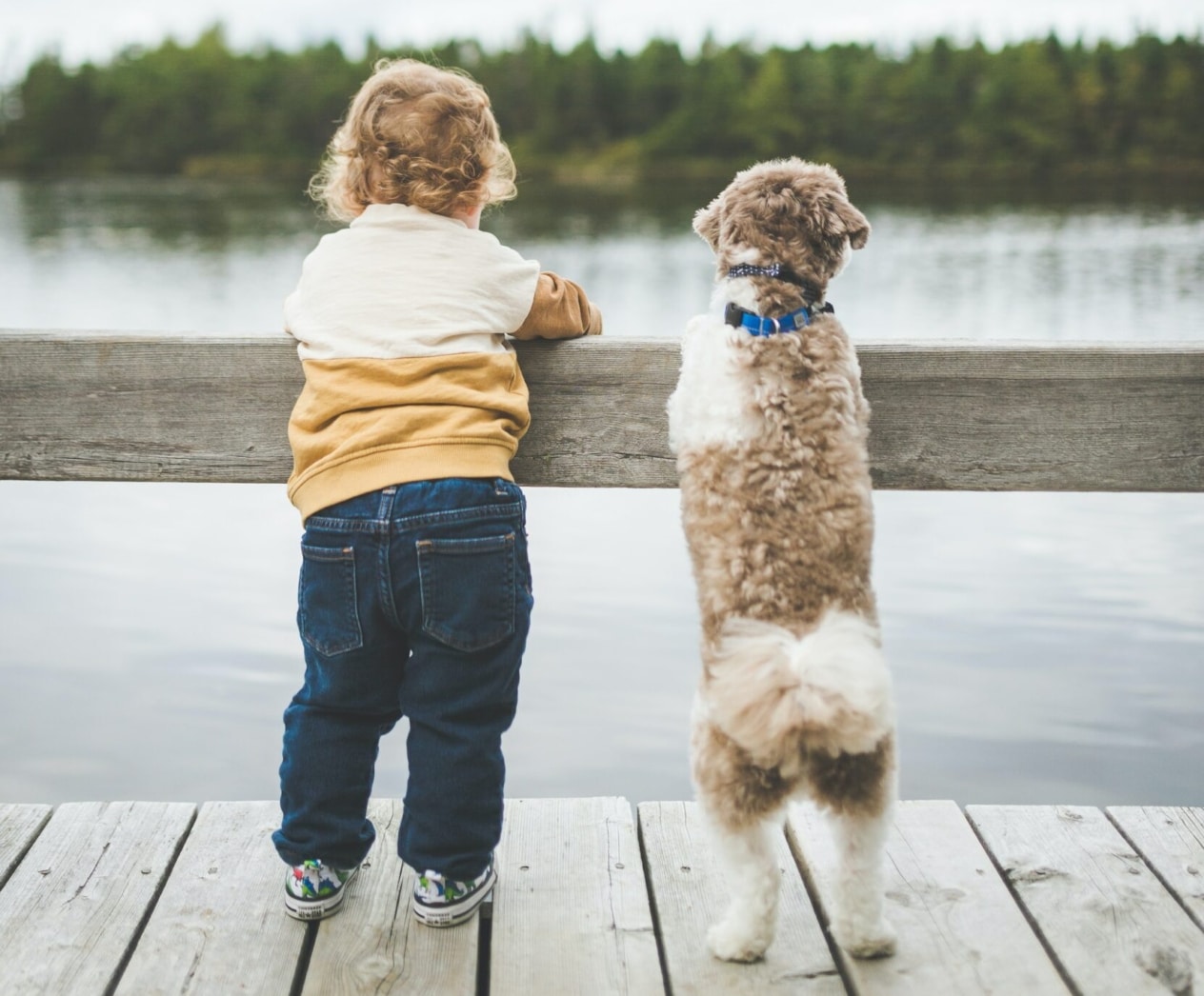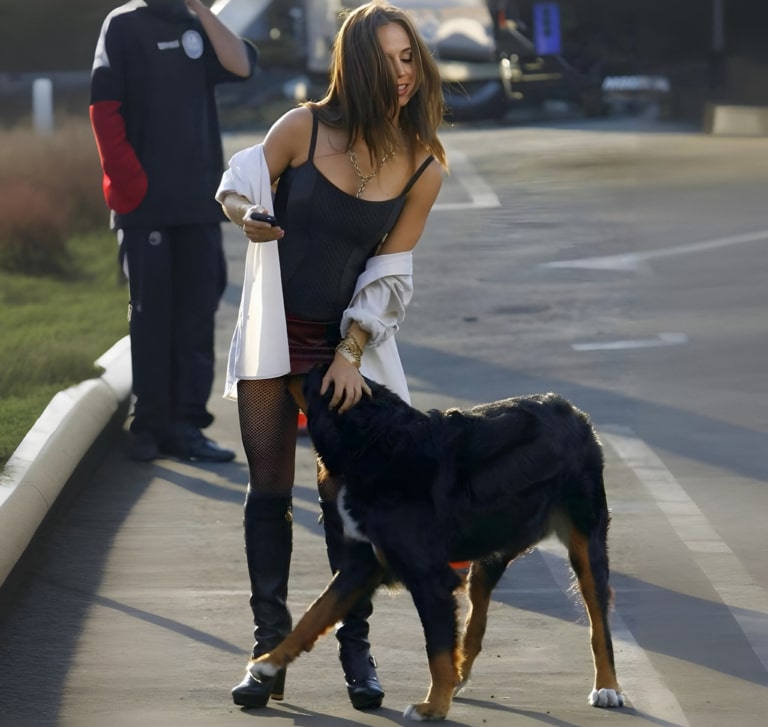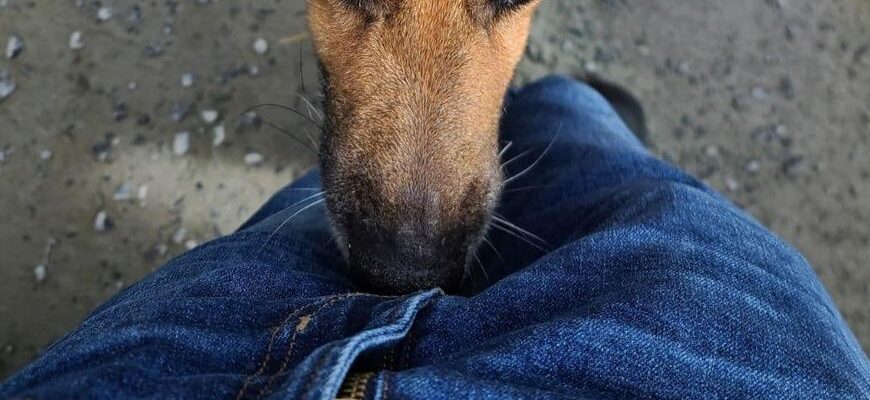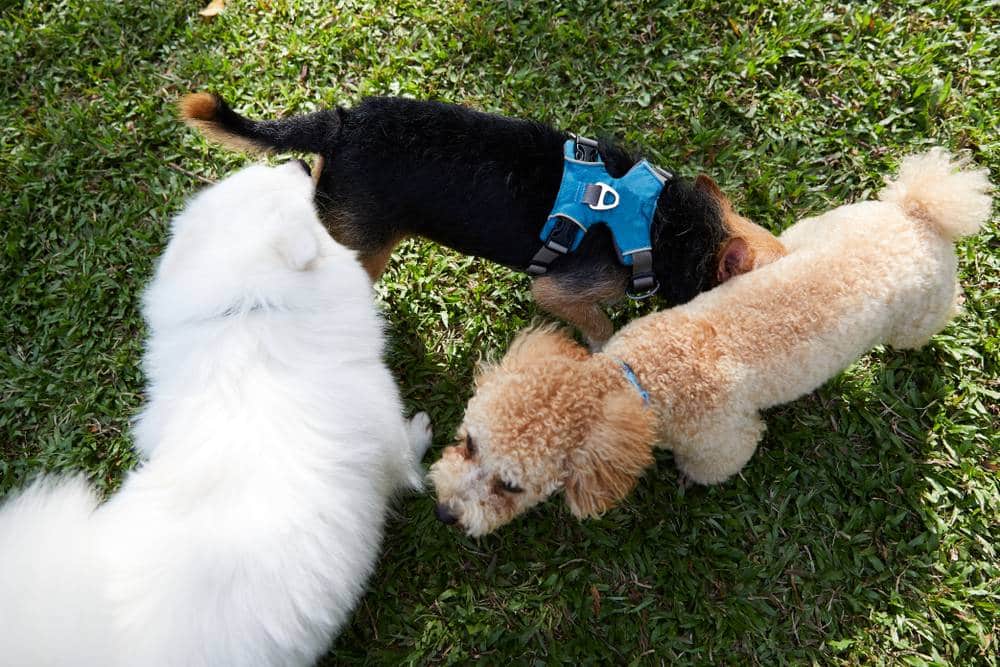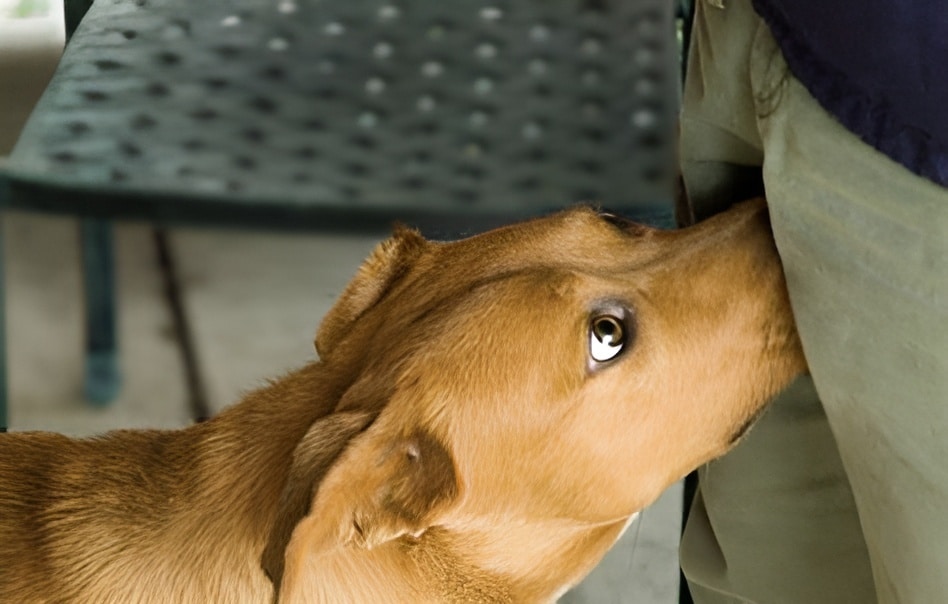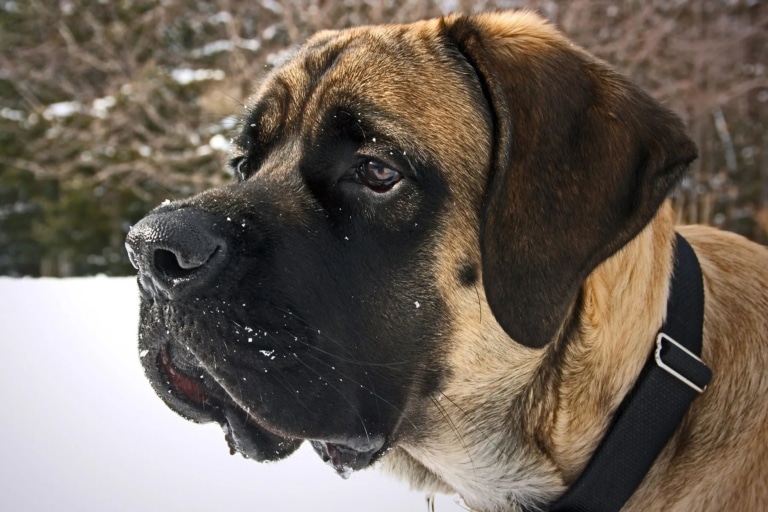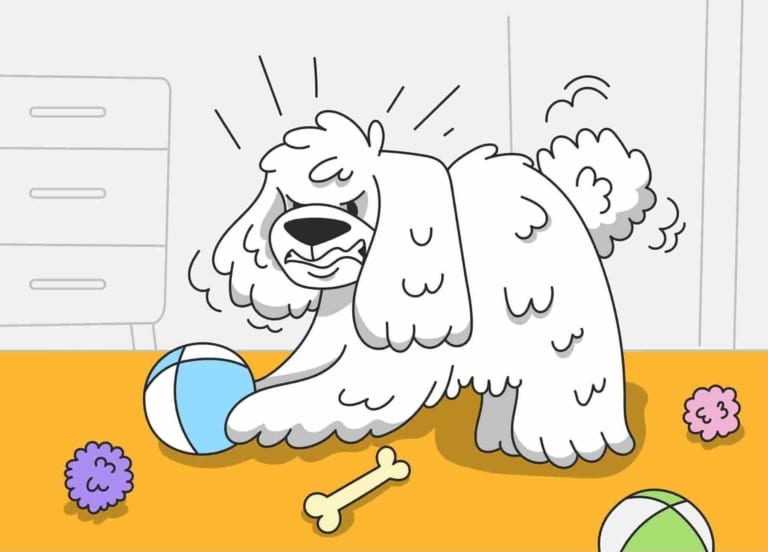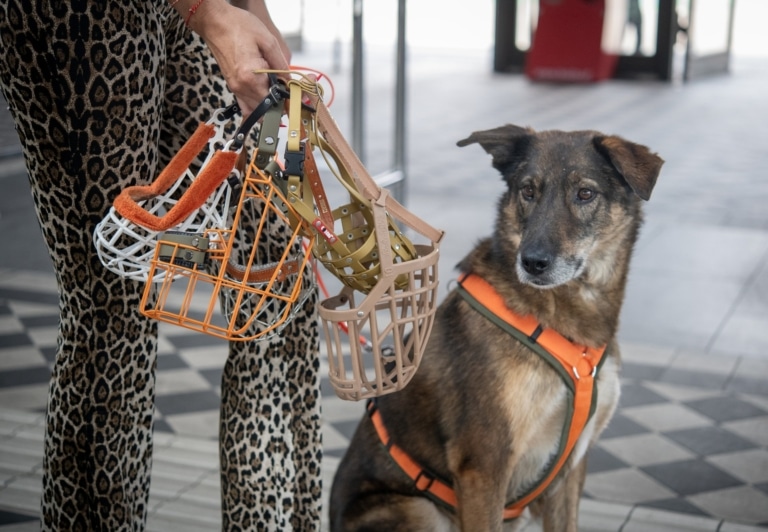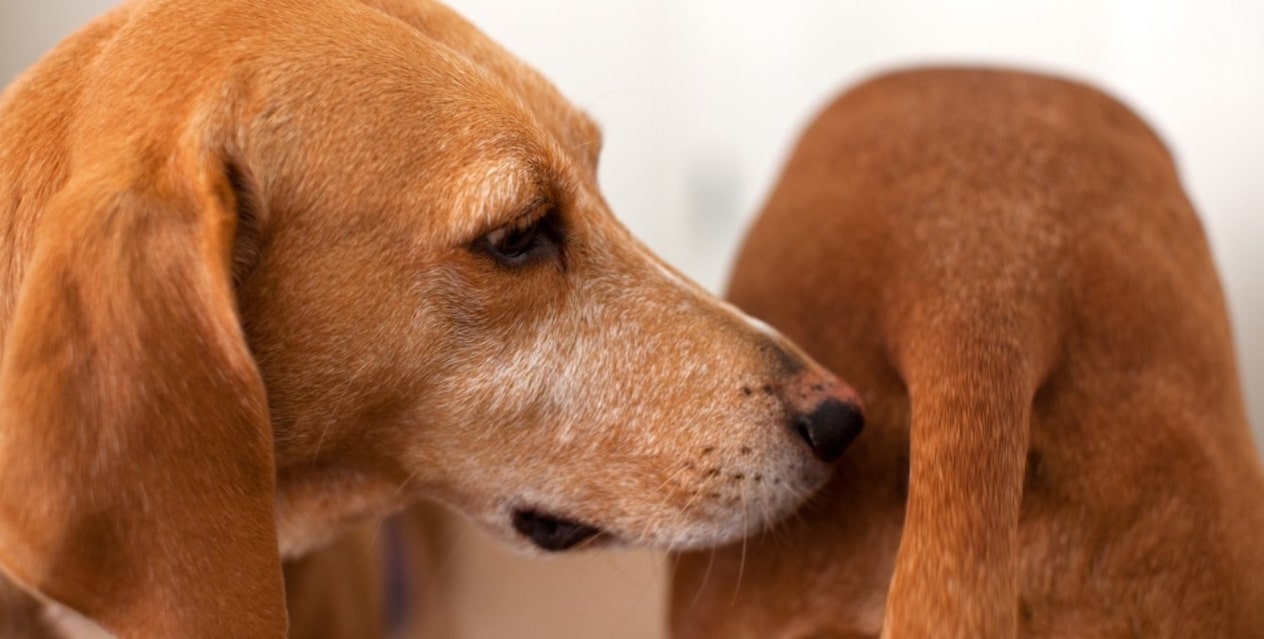
Reasons Why Dogs Sniff
For animals, the sense of smell plays a crucial role, especially when it comes to dogs. There are many reasons why dogs sniff, and here are the main ones:
Analyzing and gathering information. You’ve probably noticed that your pet often stops during walks to sniff a bush, a stone, or any other object. While this might be annoying at times, it’s important to understand that your dog is gathering vital information to navigate its surroundings—who has been there before, whether it’s safe, if there are other dogs or animals nearby, and whether interactions with them are safe or risky.
A way of communication, introduction, and information exchange. When observing your dog, you’ll see that no meeting with another dog happens without sniffing. Humans rely on words and sounds to communicate, but animals have many other ways to exchange information. Through sniffing, dogs introduce themselves, greet each other, and determine the other dog’s mood and health condition. Males also sniff females to check if they are ready for mating.
Showing affection. Sometimes, dogs sniff their owners to memorize their scent or simply because they find it pleasant and want to enjoy it longer. This is their way of showing love and attachment. Additionally, sniffing their owner helps dogs figure out where they have been and with whom they interacted.
Although this behavior might seem odd, preventing a dog from sniffing or trying to stop it can do more harm than good, as sniffing is a natural instinct.
Dog Breeds with the Best Sense of Smell
Some dog breeds have a much stronger sense of smell than others, and most of them are hunting or tracking dogs. These include:
- Bloodhound – the ancestor of modern hounds. This ancient breed is used for hunting, police work, and tracking wounded animals. With an extraordinary sense of smell, bloodhounds can locate people, objects, or other animals.
- Beagle – a small hound with excellent sniffing abilities, making it a popular hunting companion.
- German Shepherd – an outstanding breed for guarding and search operations. While not a hunting breed, German Shepherds are widely used in police and security work.
- Spaniel – the first dog to detect cancer by scent was a Cocker Spaniel named Tangle. These long-eared dogs have incredible sniffing abilities and are often used for medical purposes, though they are not suitable for guarding due to their friendly nature.
When to Worry About Excessive Sniffing
There are cases when excessive sniffing becomes a real issue. If your dog persistently sniffs everything around, it could indicate anxiety or insecurity. This behavior is often observed during vet visits or when encountering unfamiliar guests—other dogs, animals, or strangers. In such situations, consider your dog’s emotional state and try to eliminate sources of stress as much as possible. For example, you can distract your pet, limit interaction with those who might scare or harm them. If your dog becomes unmanageable when prevented from sniffing something, consulting a dog trainer is advisable.
Some breeds are particularly prone to nervousness and anxiety, making them more likely to sniff with caution or unease. These breeds often include Maltipoo, Whippet, Japanese Chin, Bedlington Terrier, and others. These little companions require an extra sense of security and comfort from their owner.
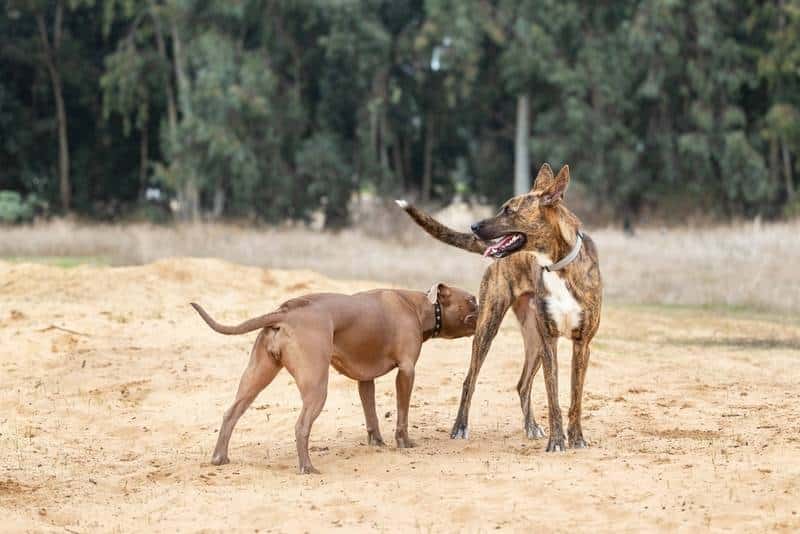
Tips for Owners of Dogs That Love to Sniff Everything
A dog’s sense of smell is its primary way of gathering information. While you shouldn’t completely forbid sniffing, setting healthy boundaries can prevent walks from turning into endless sniffing sessions.
When choosing a dog, consider the breed’s characteristics. Hunting and guard breeds (Shepherds, Retrievers, Beagles, Spaniels, Laikas, etc.) naturally have a strong tendency to sniff a lot. If this bothers you, it’s best to avoid these breeds.
If your dog has an obsessive sniffing habit, try to redirect its focus. Engage it in activities, games, or training to keep its mind occupied. Teach commands that control behavior, such as “enough,” “let’s go,” “leave it,” or “come.” You can also train your dog to sniff on command—allowing short sniffing breaks (10-20 seconds) before instructing it to move on.
While sniffing is normal, excessive sniffing due to anxiety or psychological issues may require professional intervention. However, if it’s simply a behavioral trait, consistent training and alternative distractions will help manage it effectively.
Our V.O.G. DOG SALON grooming salons are here to assist you. Feel free to reach out for expert advice and solutions to any concerns!
